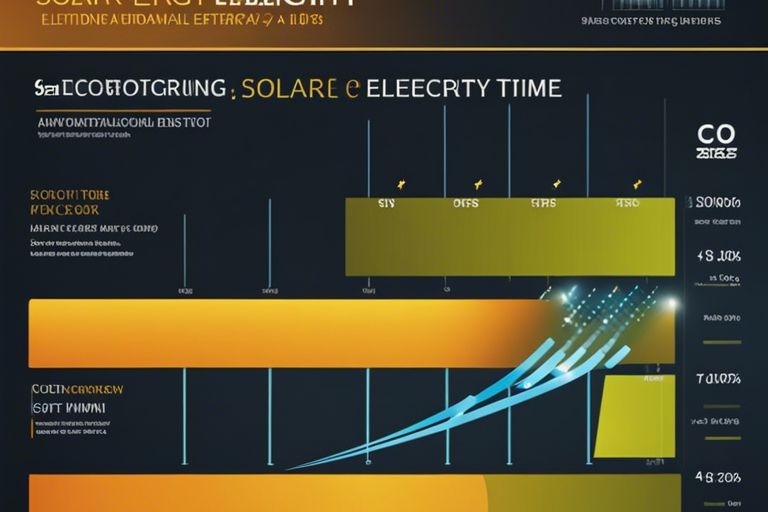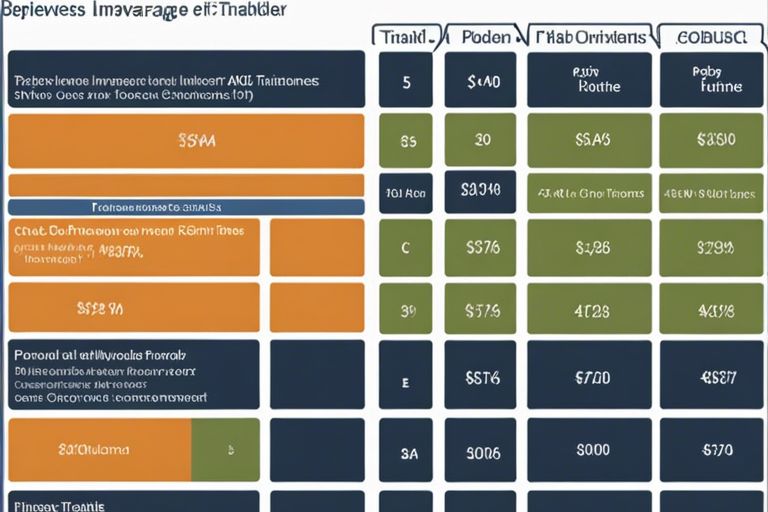Is solar really cheaper than electricity
There’s a common belief that solar energy is more cost-effective than traditional electricity, but have you ever stopped to really analyze the numbers? In this informative post, we’ll explore into
Energy for A Greener Future

There’s a common belief that solar energy is more cost-effective than traditional electricity, but have you ever stopped to really analyze the numbers? In this informative post, we’ll explore into

You may have wondered, is using solar cheaper than traditional electricity? In this informative blog post, we will explore the cost comparison between solar energy and traditional electricity. By the

You may be wondering, are wind turbines cheaper than solar panels? In this informative post, we will research into the costs associated with these two renewable energy sources to help